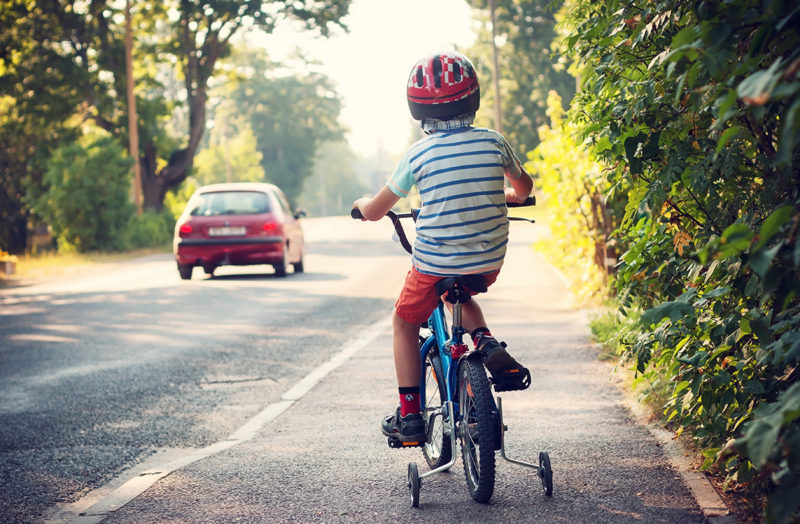5 Simple Ways to Teach Your Child About Stranger Safety

Of course, no one wants to consider the possibility of something terrible happening to their children. And we only need to look at the statistics to know that Australia is a fundamentally safe place for children to grow up.
However at the same time, as safe as Australia is, there’s always some risk and danger, and it’s important that all parents have a meaningful discussion with their children about how to stay safe around strangers. A child should learn from a young age how to respond to a stranger and what to do if a stranger approaches the home. Here are five steps to making sure your child knows what to if a stranger approaches or speaks to them.
1. Start by defining what a stranger is to your child
Children need to understand what a stranger is before they can be taught to be cautious of them. We all tend to think of threats to children as ogre-like people, with a sinister air and uncomfortable appearance. A child is naturally going to avoid people that look like the villains they see in their cartoons; they’re not the people to worry about. The people that a child needs to be aware of are the people that look normal – even nice, approachable, and friendly. Habitual abusers of children go out of their way to appear like the kind of people that a child wants to talk to.
So, the first goal needs to be to encourage the child to understand that anyone that the family doesn’t know well is a stranger, and if there are no parents or other trusted adults around, then the child should be wary of that person, especially if the person tries to have a conversation with the child.
2. Make sure a child knows what a safe stranger is
Of course, it would be a terrible idea to encourage the child to be wary of all strangers; if the child doesn’t feel comfortable interacting with the police, firemen and women, ambulance workers, or other emergency services workers, then the child could have trouble finding help in an emergency.
There’s a simple process for helping children recognise safe strangers, and that’s to point them out when you’re outside with the child. They will learn quickly which uniforms and types of people that they can trust, and they’ll develop a profile in the minds about the kind of people that will dress like police officers or ambulance workers. That way they’ll also be able to identify if a person might be imitating a ‘safe stranger’, rather than actually being one.
3. Teach children about the right conditions to interact with strangers
Regardless of who a child is interacting with, reinforce for the child that they should always interact with the stranger in a public place, and the more people that are around, the better. Teach the child that they should always be the first person to speak, once they have decided that they want to speak to the stranger. If a stranger approaches them unsolicited and offers them sweets, or asks for their help for some reason, then they should always say ‘NO’ at a loud volume to get the attention of other people around, and then walk away from the stranger.
4. Teach the child to never let a stranger into the home
If the child is home alone for whatever reason, then they need to know that they should not allow a stranger into the home for any reason. They should also not let the stranger know that they’re home alone. It’s best to rehearse a response with the child so she/he knows what to say if a stranger comes knocking. A response like “Sorry, my mother/father can’t come to the door right now, can you please come back later?” is a good, standard response to use.
5. Install security screen doors on all entrances to the home
One of the benefits of having security screen doors at each entrance to the house is that, if a stranger comes knocking, a child can safely open the door to speak to them without giving them access to the home itself. A locked screen door can remain a barrier between the stranger and the child while they talk. Our security doors are made with the highest quality stainless steel and are extra strong and secure, so you can have the confidence that your child will be safe inside while still being able to answer the door.
Children should also learn to recognise what a ‘safe house’ looks like if they need to escape for whatever reason, and which public buildings they can go to to get help if they need to (mainly libraries, police stations and shopping malls). A child should also get into the habit of letting their parents know where they’ll be when they are apart from adults, and who they are with.
Skills for safety throughout life
More than anything else, though, practice and constant re-teaching are key. The more that a child is comfortable and confident with what they need to do in the presence of strangers, the safer they will be.



Share